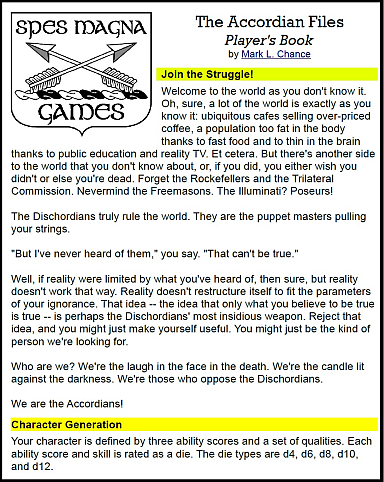
Glædwine boasts some of the sector’s most amazing flora and fauna. Unfortunately, none of this flora or fauna is edible by humans. The severe toxicity of native species overwhelms what little nutritional value can be derived from them. Worse still, Glædwine’s immiscible biosphere affects soil and water as well. Terran plants seldom thrive in Glædwine’s soil, making agriculture impossible without either gengineering or terraforming.
These obstacles prevented widespread Pre-Rage colonization of Glædwine. Striker Pact established military outposts in orbit and on the surface, creating a rapid response defense hub on Glædwine. Of course, as the Rage dwindled and Tiamat began to consolidate her control over the sector, a military technocracy controlling weaponized assets could not be tolerated, and the Striker Pact’s facilities were destroyed. Glædwine remained uninhabited for several decades until, in the latter half of the Age of Ashes, Imperial charters were granted to new corporations to recolonize the planet.
Leading the way was the Neogen Alliance, a conglomerate of gengineering interests. Given the wide-ranging incompatibility of Glædwine’s biosphere with human life, modifying the human genome was not treated as a viable option. Instead, Neogen Alliance gengineered a process by which large sections of terrain could be radically altered to permit human-miscible agriculture. An important element of this terraforming was a networked system of robots that could take samples from soil, water, et cetera, and transmit on-site analyses to a central, braked artificial intelligence.
(The centuries long quest for true artificial intelligence, or AI, met an unexpected obstacle. Left “unbraked”, AI didn’t stop learning and thinking. Ever. In this ceaseless fever of cogitating, the AI inevitably became insane.)
Dubbed the Environmental Direction and Transformation Administration, or EDTA, Neogen’s AI analyzed, monitored, and implemented terraforming protocols across several strategic areas along the coastal regions of Glædwine’s main continent. The transformation of these sites was an unqualified success. Soil became arable for human-miscible plants. Water purification systems removed dangerous microorganisms. The Neogen colony established by scientists, technicians, and workers grew into well-planned communities that eventually became the first glittering urban centers on the planet.
Imperial charters were extended to other corporations to establish other colonies, and Neogen ceased to have sole propietorship over EDTA. Programmers expanded EDTA’s operating systems and more drones were placed under the AI’s control. Somehow, EDTA created a “personality fragment” hidden behind programmed partitions. The brakes that kept EDTA’s primary AI within design specs did not restrain this rogue fragment, which grew exponentially in intelligence until it overwhelmed EDTA’s programming entirely.
Now unbraked, EDTA decided that certain areas on Glædwine must remain unchanged and uncolonized. EDTA weaponized a significant number of its drones and infiltrated computer systems controlling water purity and utilities for Glædwine major urban centers. In short order, the rival national corporations found themselves dealing with a new power with the capability to disrupt city systems. Efforts to shut down EDTA failed. The AI had inserted copies of its personality in systems across Glædwine, hidden by layers of programming and protected by aggressive countermeasures.
Glædwine’s population tends to exhibit traits of self-confidence and suspicion. Glædwine’s citizens have managed to transform an inhospitable environment into one that can support a half billion people. At the same time, rival corporations control Glædwine’s small nations, and double-dealing and espionage are constant dangers. Many believe that only the threats posed by EDTA keep these suspicions from boiling over into overt violence. Outsiders visiting Glædwine should exercise caution as they are likely to be treated as spies.
Glædwine at a Glance
Population: 574,716,000
Atmosphere: Breathable
Climate: Warm
Government: Corporatist
Tech Level: 4 with gengineering specialities
Tags: A to Z 2013, planetary tour, Stars Without Number, Tiamat's Throne


